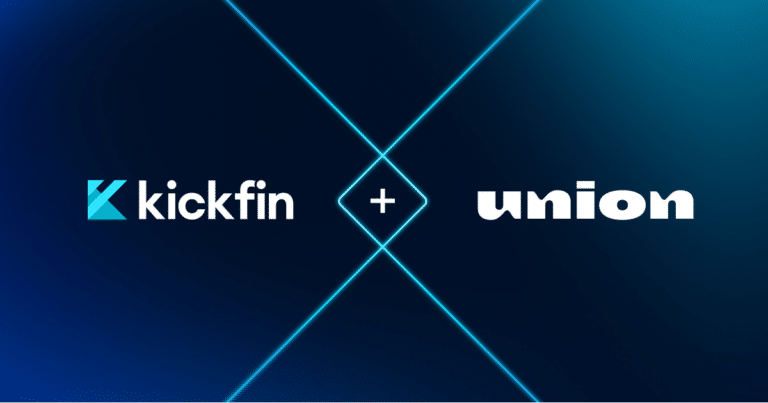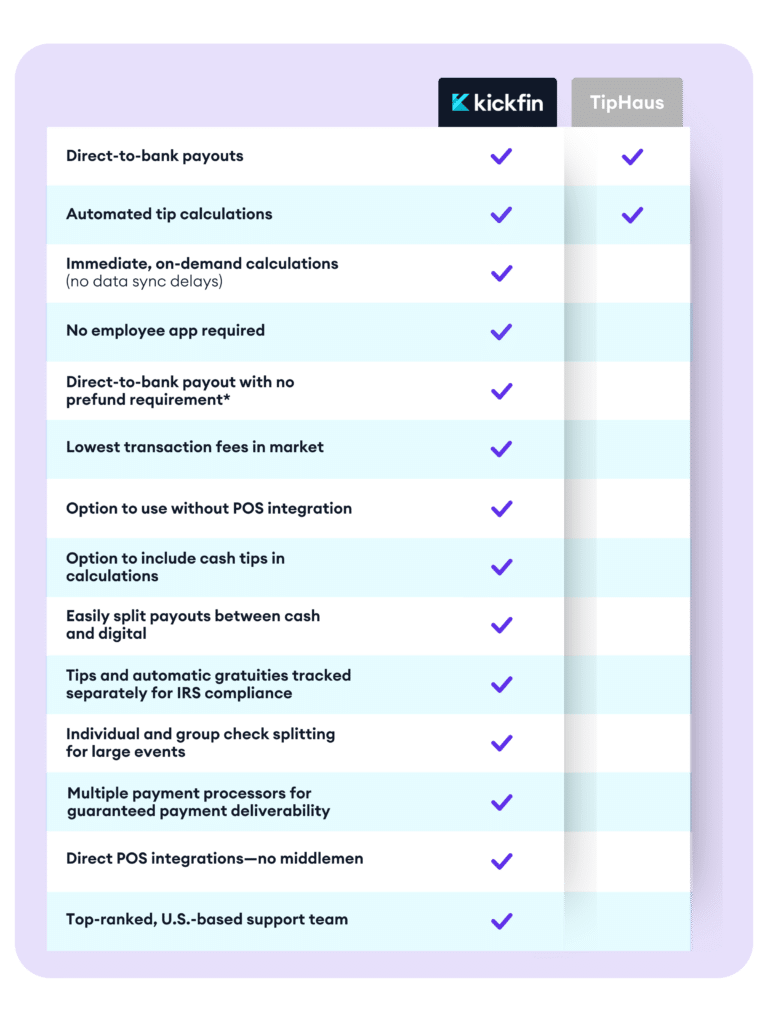Instant payments are having an identity crisis.
These days, a lot of technologies are masquerading as instant payment solutions or platforms. That’s primarily because there’s a lack of understanding or agreement as to what “instant” really means. (Case in point: Over a third of consumers claim to have used instant payments, even though the methods they use don’t even support real-time payments, according to PYMNTS.com research.)
We’ll refrain from referring to Webster’s, but suffice it to say: the definition of instant has gotten stretched and softened to the point where it’s frequently used in a way that’s misleading, or even #fakenews.
It’s a problem for a lot of industries, but especially for the restaurant and hospitality space. These employers understand the importance of instant payments for their employees, and they seek out the best ways to make it happen — often without realizing that the methods they’ve chosen aren’t actually instant, after all.
So: here’s a breakdown of what instant payments really are, what they’re not, and why they’re so important for restaurant teams.
What are instant payments?
Instant payments are the immediate transfer of funds from one party to another. For restaurant employers, that means the moment money leaves your hands is the same moment your employees receive it.
Cash is the “OG” of instant payments, and it’s still the greatest visualization of what real-time actually means. When you hand your employee a dollar bill, there’s no waiting, no holds, no delays: it immediately becomes theirs.
Unfortunately, as payments have gone digital, what’s categorized as “instant” has gotten a little cloudy. The bottom line is that just because a payment is digital or automated does not mean it’s instant.
If you’re evaluating instant payment methods for your restaurant, keep in mind:
- Confirmation is not payment. Instant confirmation is a major culprit when it comes to confusion around instant payments. Once a digital payment has been initiated, it’s not unusual for both the sender and the recipient to receive an immediate notification that they’ve been debited or credited a certain amount. But an email, text message or phone notification doesn’t mean the transaction has actually been completed (or even initiated!).
- “Next business day” isn’t instant, either. Along those same lines, instant payments — by definition — shouldn’t come with a waiting period, whether it’s 2 a.m. or Christmas Day.
- Instant means instant for sender and recipient. On a digital payment platform, once the sender hits “send” or “submit,” they can essentially move on. It may not matter if there’s a lag time between the initiation and completion of the transaction. But for employees waiting on the other end, it can be a source of major frustration or anxiety if you don’t know when you’re going to get access to your funds.
- Access is a big part of the equation. Speaking of access to funds, we’d argue that it’s only an instant payment if it’s available for use immediately following the transaction, without unexpected fees or waiting periods.
Why are instant payments important?
Simply put: your people are your greatest asset — and that’s especially true in the restaurant space.
Generally speaking, restaurant employers genuinely care about their teams. They want their workers to be successful and happy. And of course, successful, happy employees are also great for your bottom line. Why?
- Keeping your employees happy is one of the best ways to keep your customers happy, too. There’s a lot of focus on delighting customers, and without question, that’s critical in the restaurant business. But delighting your employees is equally, if not more important. They’re the ones who interact with your customers day in, day out; they have a lot of power over the customer experience. .
- Satisfied employees stick around. That means lower turnover, and less time and fewer resources funneled toward non-revenue generating activities — i.e., recruiting and training new employees.
Instant payments are “low-hanging fruit” when it comes to taking care of your employees in a way that benefits them and your business. That’s because:
- They’re in it to get paid daily. Hospitality workers are some of the hardest-working people around. Even if they’re passionate about their jobs, it can be mentally and physically taxing work. Part of the appeal is the fact that they can get paid their tips on a daily basis. Unfortunately, cash shortages due to increasing credit card transactions have made that more of a challenge. Some restaurants have switched to payroll or prepaid cards: but the former means they don’t get paid daily, and the latter means they have to wait for transfers and/or pay exorbitant fees. And (excuse our French) that kind of sucks for employees who expect and deserve to get access to their earnings after each shift.
- They deserve financial security. For many employees, getting paid right away is more than a perk; it’s a necessity. There are mouths to feed and bills to pay, and especially with shifts getting cut during Covid, instant payments are more important than ever.
- Transparency matters. Restaurant managers are no strangers to tip disputes. Lag time between work and payment can lead to drama about who earned what. Instant payments go a long way in eliminating those questions (and ultimately, in building a culture of trust).
How to choose an instant payment method
For restaurant employers who are looking into instant payment methods, our advice is simple: be a skeptic when you see the word “instant.”
Some digital payment solutions throw that word around, but often, there are caveats. Many of these solutions require you to load payments onto a prepaid card — and while that might feel “instant” for the employer, it’s certainly not the case for employees.
There may be a limited number of retailers or institutions that accept those cards, and if employees try to relocate funds to their bank, it could take up to 5 business days. Plus, many of those transactions come with unexpected, predatory fees.
Instant (cashless) payments should pass this test:
- Funds immediately debited from sender’s account
- Funds immediately available to recipient
- Money placed in or tied to recipient’s central banking account
- No unexpected fees
There are a lot of hidden problems with cash payments, especially when it comes to tipping out your employees. But cash’s biggest virtue is that it’s truly instant — which means it’s a great litmus test when you’re evaluating instant payment technology. Ask yourself: Is the method I’m considering as fast and seamless, for both parties, as handing over a dollar bill?







